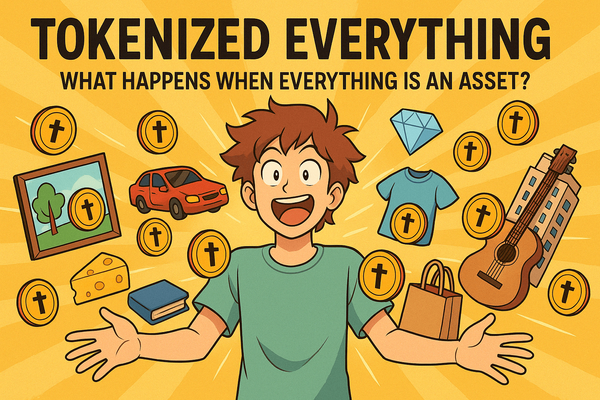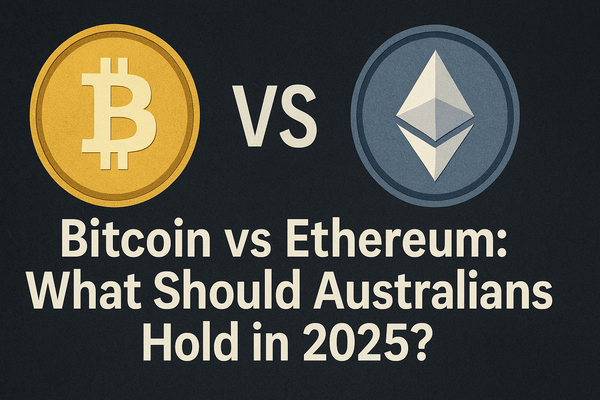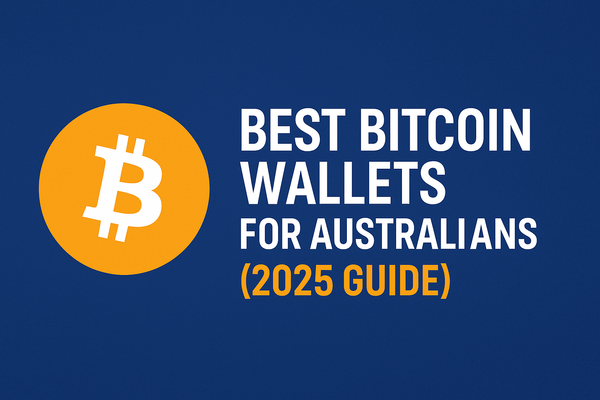Are NFTs Dead? Why 2025 Marks a New Beginning for Digital Ownership

We’ve seen this story before.
A fringe technology quietly builds in obscure corners of the internet. A few early adopters start experimenting. Then, suddenly, the world takes notice. Prices skyrocket. Media coverage turns feverish. Opportunists flood in. The bubble inflates. It bursts. The masses retreat. The media declares it dead.
And then — quietly, steadily — the real work begins.
That’s exactly where we are with NFTs in 2025.
Once hailed as the future of digital ownership, NFTs are now, for many, a punchline. They're associated with overpriced JPEGs, influencer hype, and broken promises. But what’s really happening right now isn’t the death of NFTs. It’s their rebirth — not as a speculative toy, but as critical infrastructure for the next phase of the internet.
Where NFTs Came From: The Origin Story Matters
NFTs didn’t start as hype. They started as curiosity.
The earliest NFTs were experiments in digital scarcity — a way to prove ownership of something intangible. At the time, the concept seemed almost absurd. “Why would you want to own a digital image when anyone can copy it?” was the question skeptics loved to ask.
But ownership isn’t about access — it’s about provenance. About being able to prove that you own the original, even if a million copies exist. This idea resonated deeply with digital artists, who had spent years watching their work get copied, shared, and monetised by platforms without credit or compensation.
The first wave of NFTs empowered creators. Then came the second wave: speculation.
And that’s when things got messy.
The Bubble: What Went Wrong (And What Didn’t)
Between 2020 and 2022, NFTs exploded.
Fueled by the pandemic’s digital shift, a booming crypto market, and a hunger for new economic models, NFTs became the ultimate cultural asset. They were art, identity, access, investment — and in some cases, status.
Projects like Bored Ape Yacht Club became million-dollar clubs. Celebrities minted their own collections. Brands scrambled to get involved. And money poured in.
But beneath the surface, the cracks were obvious:
- Low barriers to entry meant a flood of low-quality projects.
- Speculation outpaced substance, with many people buying for profit, not value.
- Scams and rug pulls eroded trust.
- No real infrastructure to support long-term utility or interoperability.
The result? The bubble burst. Prices crashed. Trust collapsed. And “NFT” became a dirty word.
But here’s the thing: the underlying technology didn’t fail. The people did.
The Next Phase: Utility Is the Future
What comes after the hype? Utility.
We’re entering a period where NFTs are no longer about flexing or flipping — they’re about solving real problems with real-world use cases.
Here’s what’s emerging:
1. Real Estate & Property Titles
Paper deeds are outdated. They’re slow, error-prone, and vulnerable to fraud. Tokenizing property titles as NFTs allows for:
- Instant ownership transfers
- Transparent sale history
- Reduced reliance on intermediaries
Several pilot programs are already underway. Countries like Colombia and Sweden have explored blockchain-based land registries. It’s only a matter of time before NFT-based titles become the norm.
2. Insurance & Financial Instruments
Imagine buying car insurance, and instead of a PDF, you receive an NFT — a verifiable, portable contract stored securely on-chain. If something happens, a smart contract triggers your claim. No paperwork. No delays. No disputes.
NFTs make financial instruments more transparent, programmable, and interoperable. It’s DeFi’s quieter cousin, but with massive potential.
3. Ticketing, Memberships, and Loyalty
We’ve already seen the disaster of fake concert tickets and overpriced resales. NFTs solve this elegantly. Artists and event organizers can:
- Issue verifiable, non-duplicable tickets
- Earn royalties on secondary sales
- Offer perks or backstage access through token-gated content
Beyond that, brands can build membership layers into their ecosystem — rewarding long-term holders or offering exclusive drops.
4. Identity, Credentials & Records
From university degrees to professional certifications, NFTs offer a tamper-proof, globally verifiable way to issue and store credentials. If you’ve ever had to dig up an old diploma or verify work experience across borders, you know how broken this system is.
Now imagine your entire credential history — education, licenses, even medical records — stored in your wallet, encrypted and under your control.
Gaming: Where NFTs Will Thrive Naturally
Gaming is perhaps the most obvious on-ramp for mainstream NFT adoption.
Gamers already spend billions on digital assets — skins, weapons, characters — without actually owning them. If the platform dies, those assets die with it. NFTs change that.
By storing in-game items on-chain, players gain:
- True ownership: Sell or trade items independently of the game.
- Cross-game utility: Carry assets between games or into sequels.
- Real economies: Enable peer-to-peer marketplaces and play-to-earn models.
Games like Illuvium, Gods Unchained, and Star Atlas are already exploring this space. And while mainstream studios are cautious (and sometimes hostile), they’ll come around — just like they did with free-to-play and mobile.
Why? Because the economics work. And the players will demand it.
Why NFTs Are Ridiculed in 2025 — And Why That’s a Good Sign
Right now, NFTs are widely dismissed. The term has baggage. Critics point to the crash and say, “See? It was all nonsense.”
But let’s remember: ridicule is part of the cycle.
The internet was a joke in the ‘90s. “Why would I ever need a computer in my home?” Smartphones were mocked too. “Why would I check email on a tiny screen?” Cloud computing? “So I’m just supposed to trust someone else with my data?”
Every one of those technologies was ridiculed before it became indispensable.
NFTs are going through the same process. What comes next isn’t hype. It’s integration.
The Return of Art — Smarter, Better, Sustainable
Ironically, as NFTs evolve into infrastructure, digital art will quietly make a comeback.
The artists never left. They were just drowned out by hype and scams. Now, with better tools, improved standards, and clearer legal frameworks, we’ll see:
- On-chain royalties enforced via marketplaces
- Tokenised editions with built-in utility
- Interoperable art galleries across metaverse platforms
- New creative formats like generative and interactive art
Art isn’t dead. It’s just moving past adolescence.
The New Cycle: Quiet Confidence
We’re at the point in the cycle where everything goes quiet. The headlines have moved on. The speculators have left. And in their place are builders, quietly laying the foundation for something lasting.
It won’t look like the last cycle.
There won’t be celebrities shilling JPEGs. There won’t be 10,000-profile-picture collections minting daily. What we’ll see is NFTs working in the background — powering transactions, securing records, enabling new digital experiences.
And eventually, no one will call them NFTs anymore.
They’ll just be how things work.
Conclusion: This Is the Moment That Matters
If you care about NFTs, this is the time to lean in.
Not because it’s trendy — it’s not. But because the infrastructure is being built now. The standards are being set now. And those who understand what’s coming — and help shape it — will define the next decade of digital ownership.
So, are NFTs dead?
Far from it.
They’re just getting started.




